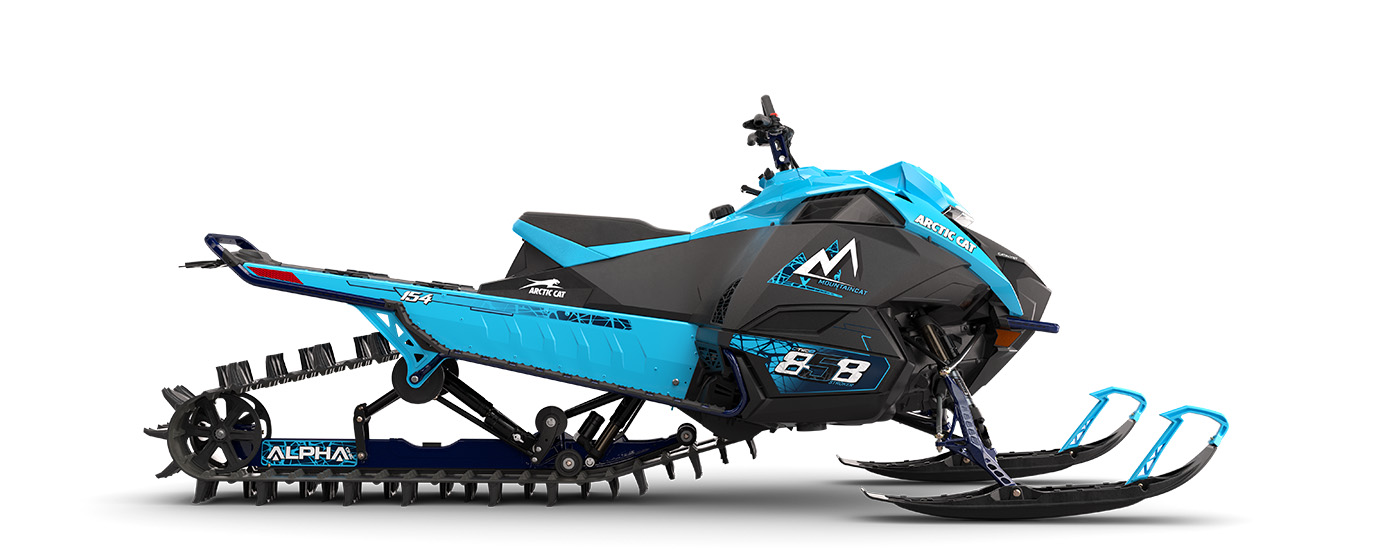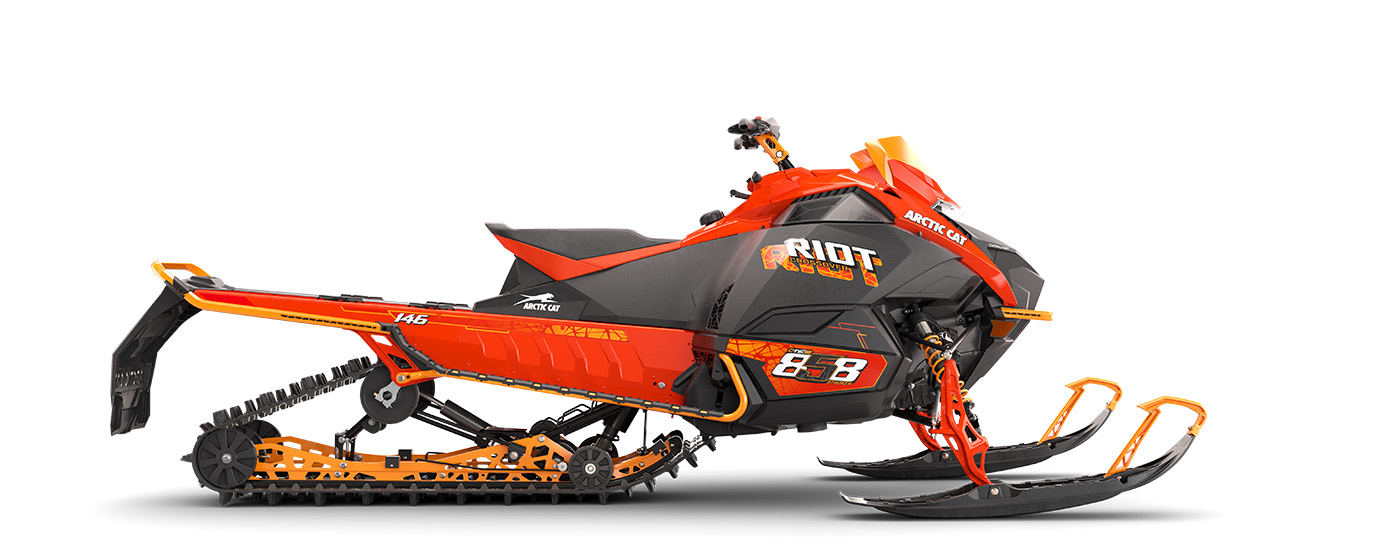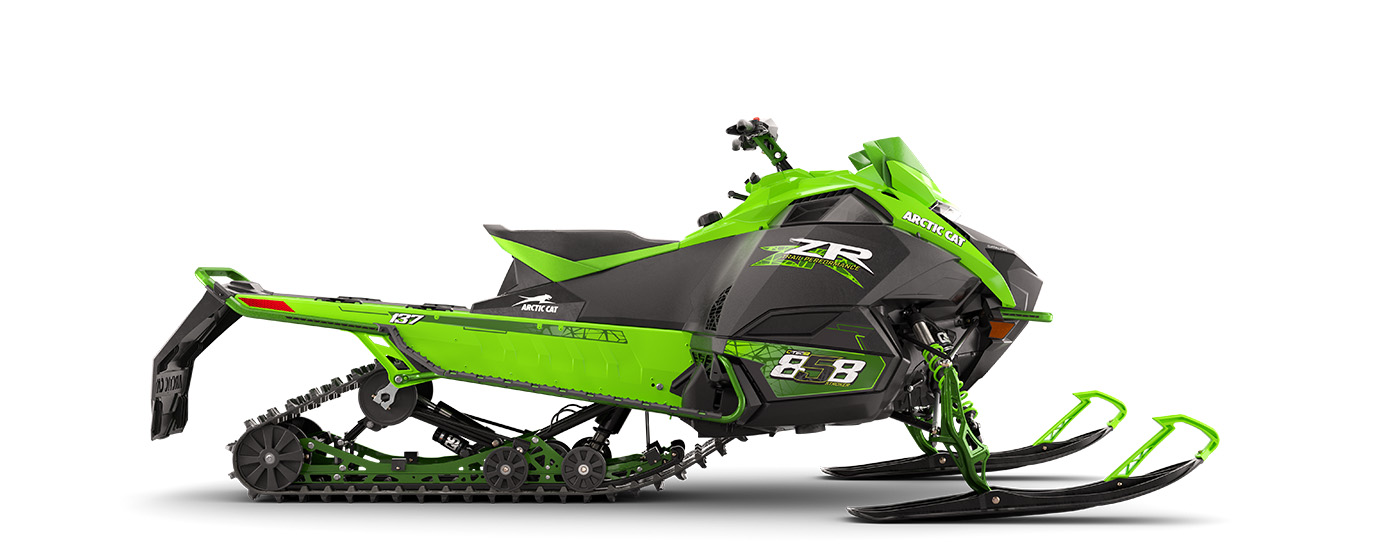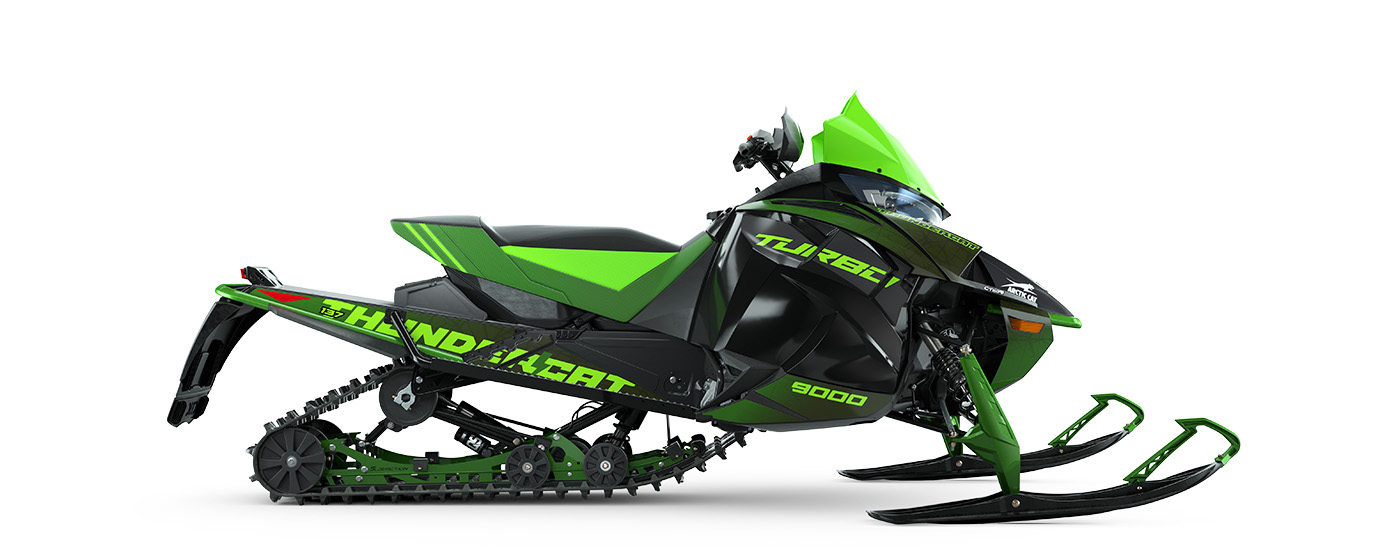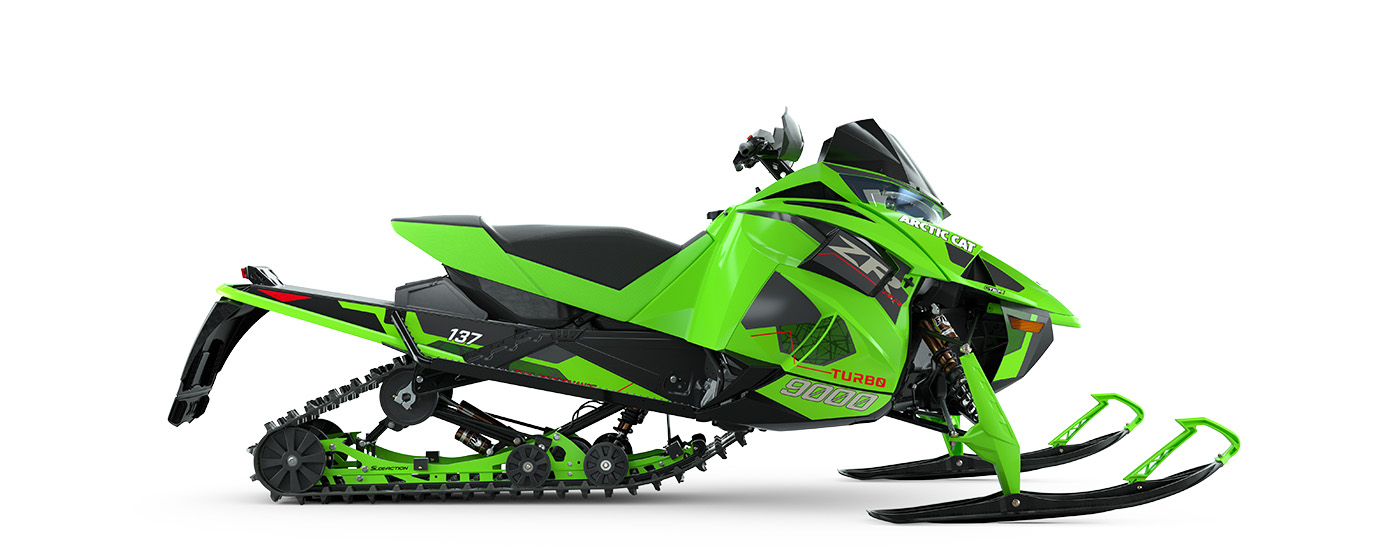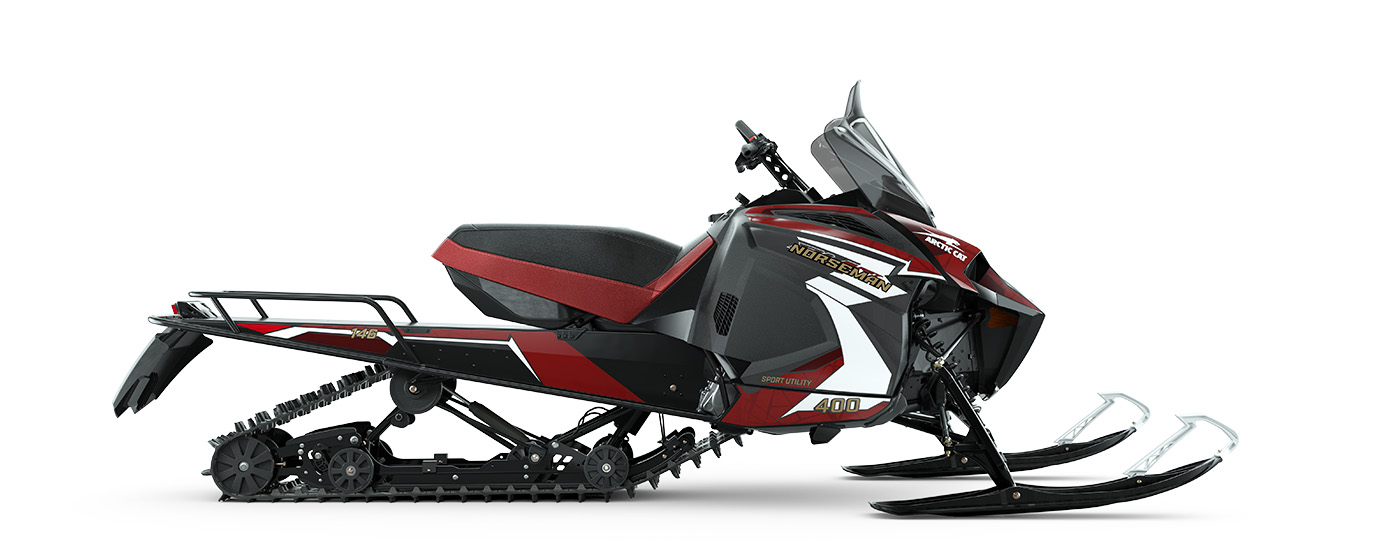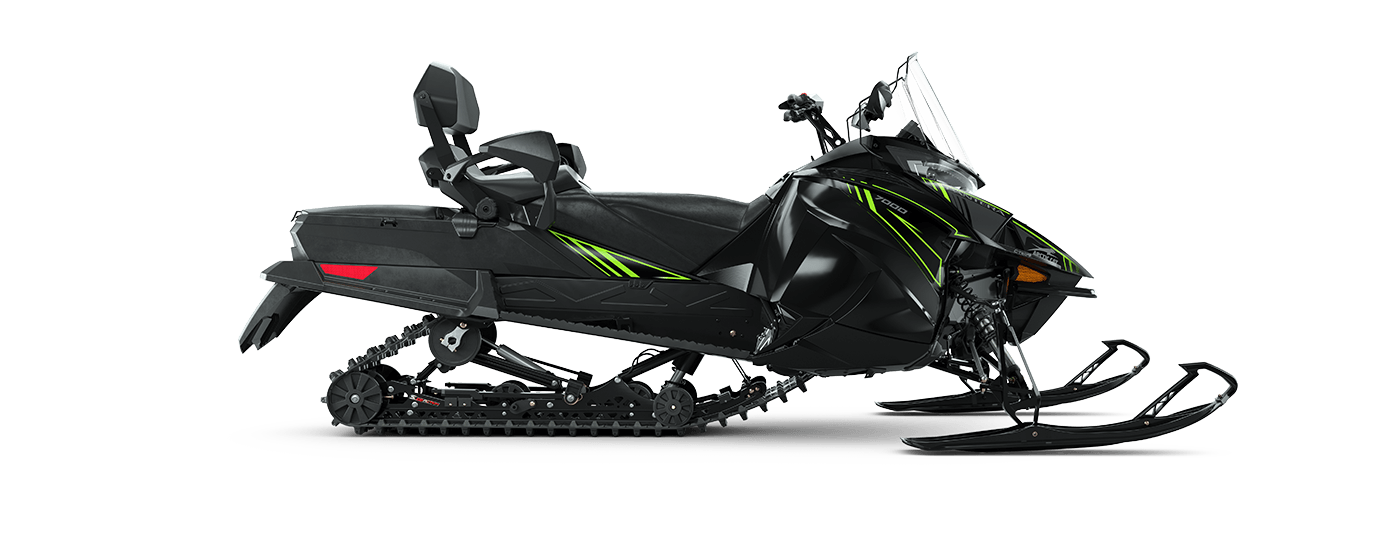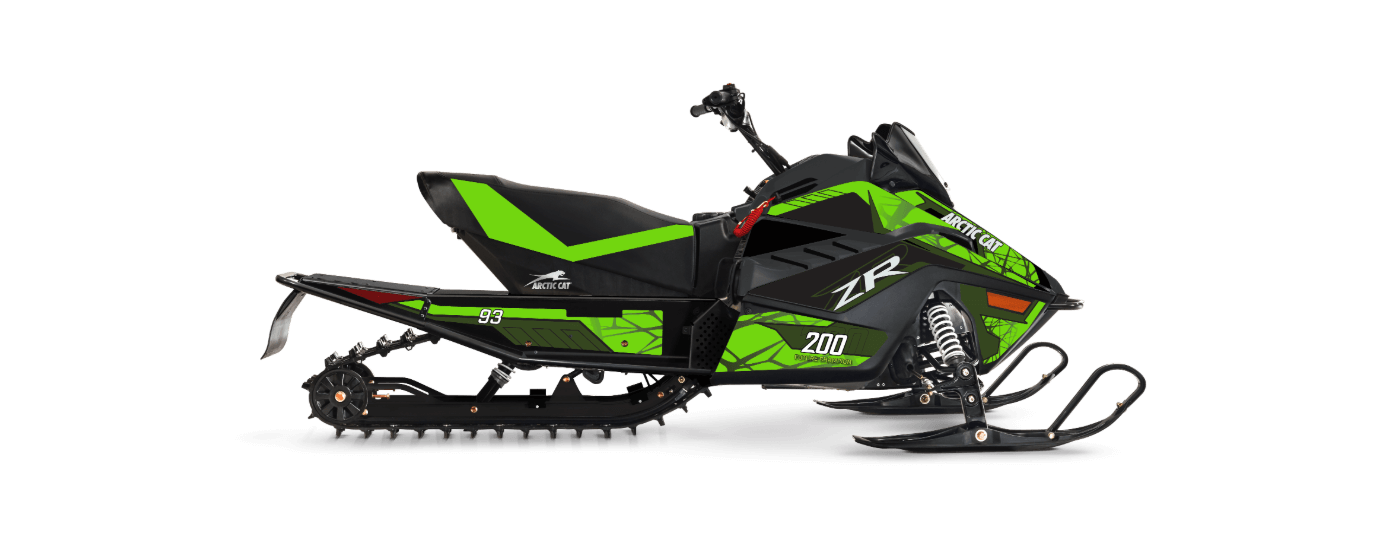At Arctic Cat, we crave riding the ATV’s and side-by-sides we make for the same reasons you do. We ride for the thrill, the adventure and the pack. We believe being a safe off-road rider is just as important as being an Arctic Cat rider, and we practice what we preach.
Arctic Cat design engineer and life-long rider, Brent Gilge, talked to us a bit about his passion for the trails and how to stay safe while riding ATVs and side-by-sides.
An Arctic Cat rider from the start
“My parents have quite a bit of land, so we were always riding both dirt bikes and snowmobiles from a pretty young age.”
30-year-old Brent began riding an ATV at age seven and has learned, both the easy way and the hard way, the important safety measures riders should take to stay as safe as possible. Brent designs machine parts, fabricates them and then tests the machines outside, allowing him to get plenty of ride time.
He recommends reading the ATV Safety Institute’s Golden Rules, below:
- Always wear a Dept of Transportation compliant helmet, goggles, long sleeves, long pants, over-the-ankle boots and gloves
- Never ride on paved roads except to cross when done safely and permitted by law- another vehicle could hit you. ATV’s are designed to be operated off-highway.
- Never ride under the influence of alcohol or drugs.
- Never carry a passenger on a single-rider ATV, and no more than one passenger on an ATV specifically designed for two people.
- Ride an ATV that’s right for your age.
- Supervise riders younger than 16; ATVs are not toys.
- Ride only on designated trails and at a safe speed.
- Take a hands-on ATV RiderCourse and the free online E-Course. Visit ATVsafety.org or call 800.877.2887
Rules to ride by
Along with the above safety measures, one of the most important safety guidelines Brent recognizes is using hand signals to other off-road riders to communicate how many people are riding with them, so no one runs the risk of getting hit.
“When we are down testing our ATV’s in public where there’s other people out riding on the weekends, or during the week, some people don’t use hand signals to let you know if there’s more people behind them,” he said. “If someone is way back there and we don’t know that and we start driving fast again, that’s when it gets scary.”
Make sure to always signal with your fingers to oncoming riders how many people are in your group behind you.
Riding on the right side of the trail and at a safe speed is just as necessary to prevent collisions as well, instead of driving at excessive speeds and in the middle or wrong side of the trail.
A fan favorite: The Wildcat and safety gear
As a side-by-side with a racing-inspired design and ready to take on any terrain, the Wildcat XX is an Arctic Cat favorite of Brent’s and is his go-to vehicle for the summer months.
While exploring in any Arctic Cat off-road vehicles, Brent stresses the difference that wearing the right gear can make when you get on to everyday trails as well as the rough and tough terrain.
“It’s good to be willing to spend the money on a good helmet,” he said. “It’s your brain that’s at risk, and if you spend a little more money, you can get carbon fiber ones that are lighter and provide more support and comfort throughout the day.”
Along with the items listed in rule one of the Golden Rules, Brent explained how gear, like chest protectors, are great to use for an extra layer of protection.
“When we’re riding, we wear tight chest protectors to prevent debris like rocks flying up from tires of the person riding in front of you. If you were to hit the handlebars in front of you, the vest should at least help minimize injuries.”
Long sleeves and pants help protect you from getting scraped by rocks, dirt and trees that are tight on trails.
Be best prepared with ROHVA
At Arctic Cat, every employee, Brent included, who rides our dirt vehicles must take the Recreational Off-Highway Vehicle Association (ROHVA) safe driving course to be best prepared on the trails. You can also visit the ATV Safety Institute’s website or call them from the number listed on this article for their ATV RiderCourse.
“Everyone who rides with Arctic Cat has to take the ROHVA course. There’s a lot of great safety information in the owner’s manual as well, so make sure you read that, “Brent said.
Brent’s top riding spots
Having been all over the country for his work with Arctic Cat, Brent has experienced some of the most spectacular riding destinations in the world. Here are some of his favorites:
- Johnson Valley, California
- St. Anthony Sand Dunes, Idaho
- Driggs, Idaho
- Deadwood, South Dakota
- Ozark Mountains, Arkansas
- Scottsdale, Arizona
Riding an Arctic Cat off-road vehicle is an experience unlike any other and staying safe on your adventure helps keep you doing what you love most.

